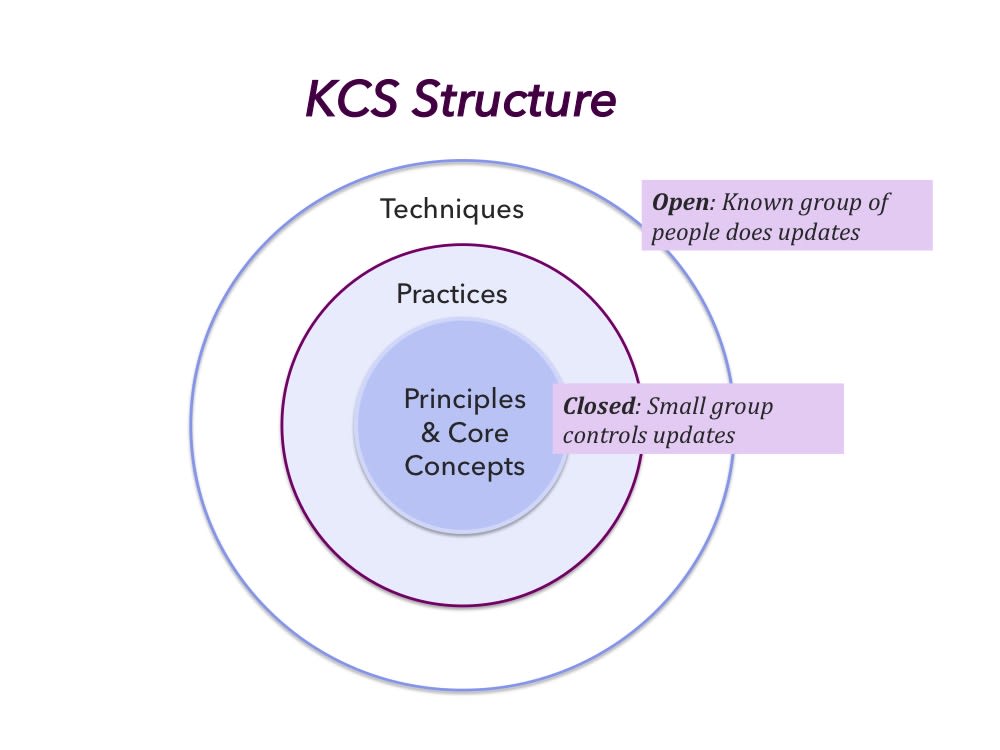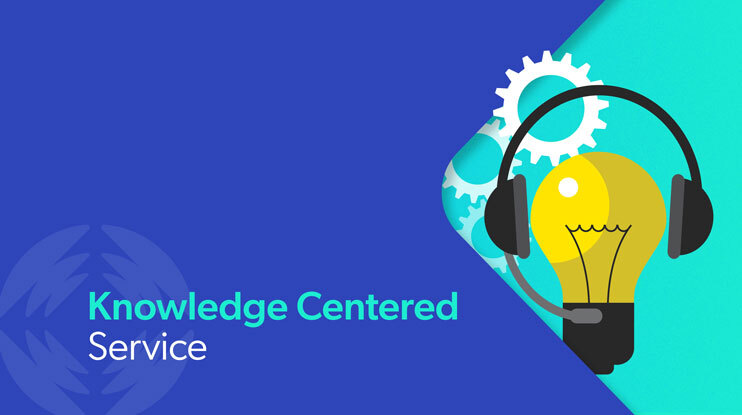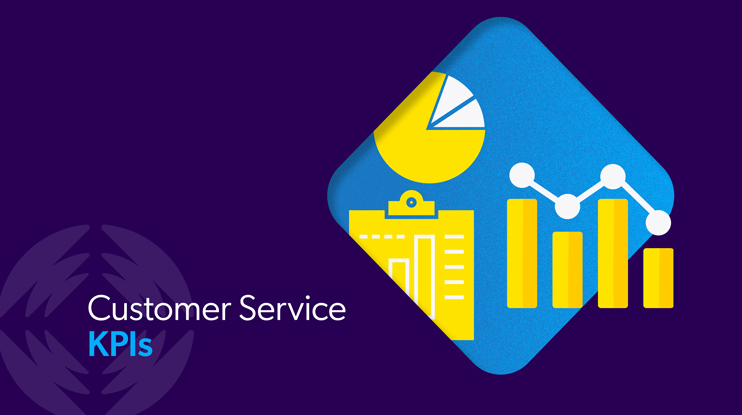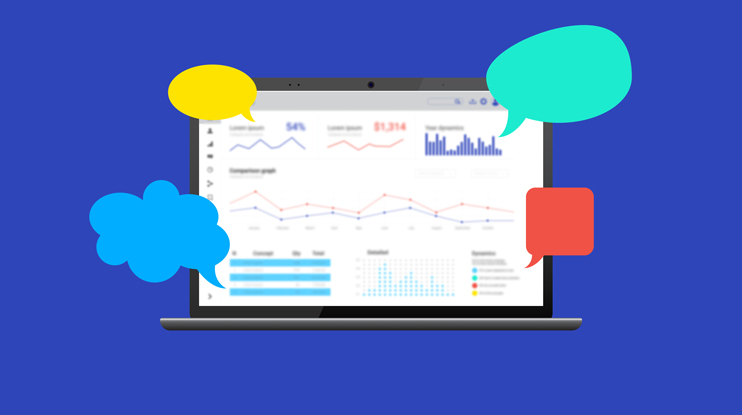In as few as three months, a Knowledge Centered Service (KCS)®* practice can improve resolution times by 20-50%. In as few as nine months, it can stimulate improved self-service success.
By 18-36 months, you may see:
- Business, product, and process improvements
- Enablement of predictive and proactive service
- New opportunities for AI in self-service case resolution
The ability of a strong KCS practice to enable AI should grab the attention of any contact center leader.
Today, 81% of contact center leaders expect GenAI to make a meaningful impact. And we already know that GenAI helps contact centers scale highly personalized and proactive self-service experiences: with the help of GenAI and KCS, F5 improved self-service success by 11%.
In the first month, generative question answering saved F5 $150,000.
What Is Knowledge Centered Service?
The Consortium for Service Innovation defines KCS as a methodology for integrating knowledge assets to help agents and customers:
- Answer questions faster
- Find answers across service channels
- Train new service staff more efficiently
The methodology consists of a Solve Loop (the tasks associated with resolving customer issues, also known as the request-response workflow) and an Evolve Loop (a higher level view meant to understand and improve the activities within the Solve Loop).

KCS Principles
KCS principles uphold the idea that you should solve a problem once and share the solution as often as there is a demand for it. Four KCS principles lie at the center of the methodology:
- Trust: “engage, empower, motivate”
- Abundance: “share more, learn more”
- Create Value: “work tasks; think big picture”
- Demand Driven: “knowledge is a by-product of interaction”

KCS principles put knowledge creation activities into the hands of the knowledge worker—the person who knows the answer. This way team members can capture the context and intent of the requestor. This process continually improves the success and quality of your company’s collective knowledge.
KCS takes this one step further, by building that knowledge sharing process into the service management process itself. Service request management breaks down as follows:
- Consult the knowledge base (KB): Each time agents handle a customer issue, they first consult the KB to see if a fix is already documented.
- Use and update existing KB article: Follow the steps outlined in the article, updating it along the way if needed.
- Find and document new solution: If an existing KB can’t help, the support agent uses the enterprise’s established process to find a solution while capturing the issue and its resolution in a new KB article. This might mean collaborating with the KM team, or interacting with a KCS module embedded within the agent view.
What KCS Implementation Looks Like
Before you start, you should try to spend some time creating a KCS adoption roadmap. KCS implementation is a commitment to a journey, not a destination. How you use KCS differs depending on the needs of your company, but these five steps can help guide you:
- Set your KCS goals. What do you want to achieve with this process integration? Discuss this with the relevant members of your service team and set attainable expectations.
- Determine your process. Which methodology will you use? Which of the KCS best practices would be the right fit for your organization? This is the step where strategy comes into play.
- Make it easy for your team. As you think, plan, and pore over strategy, remember to make the process easy for the internal knowledge workers.
- Dial in your knowledge base software. Do your research so you know which platform is right for your company, and then set it up.
- Invest in KCS training for your team. Teach them how to adopt and adapt to the new system on an ongoing basis.
It’s also important to measure and evaluate the ROI of your KCS program. One method is to measure self-service success by channel. This may include tracking key metrics like % channel success and cost per successful engagement for each relevant channel (KB, community, agent assist, and so on).
Relevant reading: KCS Benefits and ROI
How AI Search Amplifies KCS Benefits
In a recent interview with Consortium for Service Innovation, the F5 team emphasized the importance of knowledge management (KM) best practices in their success. TSIA echoes this sentiment in its State of KM in the Age of AI report:
Strong KM is a prerequisite for AI’s many service use cases.
Herein lies an opportunity to integrate GenAI capabilities within the KCS Solve and Evolve loop. No better time than now, as the demand for AI is growing among service leaders:
- 83% of customer service leaders are planning to, or already have, invested in GenAI
- 61% feel some pressure from executive leaders to adopt some form of GenAI
With the help of AI-powered KCS software, these leaders can expect significant benefits:
1. Drive KCS adoption and success
AI can act as a force multiplier for findability and knowledge sharing. Facing a knowledge efficiency problem, athenahealth turned to Coveo, a KCS v6-Aligned Tool, for driving adoption in a few key areas:
- Determining how useful each piece of content really is
- Closing content gaps by tracking average click rank (ACR)
- Improving self-service success and case-deflection rate
- Making sure staff actually opened an article before attaching it to a case
- Engaging new and the more experienced team members in KCS practices
2. Deliver Predictive Customer Service
The combination of KCS and AI does enable certain service superpowers. One is the ability to predict customer needs based on previous interactions and queries.
Do so in the form of predictive search recommendations, for example, which can be embedded in case submission forms, website search, and other channels. These search and content recommendations arrive proactively, based on previous queries and interactions.
Recent advancements in AI have opened new opportunities for predictive service. We’re already seeing contact centers deploy agentic AI applications that can make predictive recommendations in real time, all on their own.
The outcomes?
- Better case deflection
- Reduced cost per case
- Improved human agent capacity
- Workflow improvements and process automations
3. Retain Organizational Knowledge
Organizations tend to lose knowledge for two reasons:
- An employee leaves the company
- An employee changes roles, business unit, or location
In the past, an employee on the move meant the knowledge was going with them. A mature KCS practice, enhanced by AI, ensures that those employees are documenting information during their daily workflows—that their knowledge is retained for use by other employees, customers, and partners (no matter where or when the employee goes).
Relevant reading: Institutional Knowledge: Why Your Company Needs It
4. Enhance Employee Onboarding
The move toward healthy, AI-enhanced KCS practices means a move to unified knowledge. That is: one search experience, powered by one unified (and continually updated) index of all available content, that can be personalized at every turn.
That’s a powerful thing, especially when it comes to employee onboarding.
For instance, let’s say your company intranet factors heavily in how you train and onboard new employees. KCS and AI can make the intranet far more intelligent, personalized, and adaptive.
Today, 91% of employees are more likely to stay with a company that offers personalized, relevant training and support. And we know that 42% of employees always check an AI-generated answer. Employees want accurate and trustworthy content experiences, especially during training and onboarding.
KCS helps organizations deliver on this expectation.
5. Better Contact Center Efficiency
Overall, companies that follow consortium guidelines regarding the KCS adoption program benefit from significant improvements, including:
- 50 – 60% improved time to resolution
- 50% increase in first call resolution
- REsource optimization
- Efficient self-service with a 25 – 66% success rate
- Improved content availability, quality, and accuracy
Good things happen when organizations place existing knowledge where it can be accessed and surfaced in other channels. Intelligent swarming in Slack is a good example of what that might look like. Here’s how it works with Coveo:
- Agent initiates a swarm. Coveo’s Case Classification machine learning model identifies experts who have successfully handled a similar case.
- A dedicated Slack channel is opened in which agents and issue-specific experts can begin finding a resolution.
- Swarm members use embedded intelligent search as needed to find additional content or information.
Remarkable Customer Service, Maximize Business Results
At the end of the day, KCS isn’t just about better documentation or faster resolutions (though it delivers both). It’s about building a service engine that learns, adapts, and scales with your business. One that helps every customer—and every agent—get what they need, faster.
And when you layer in AI? That’s when the magic happens. Proactive recommendations. Smarter onboarding. Predictive case deflection. Real ROI.
If you’re thinking, “This is exactly what we need,” you’re not alone.
Let us show you what’s possible. See how Coveo’s Service solution helps teams bring KCS to life—and turn support into a strategic advantage.
Dig Deeper
To see the benefits of KCS best practices and AI in action, read the Tyler Technologies Case Study. You’ll learn how a public sector firm with 7,200+ employees and 126,000+ customers reduced agent onboarding time by 33%.
*KCS® is a service mark of the Consortium for Service Innovation™







